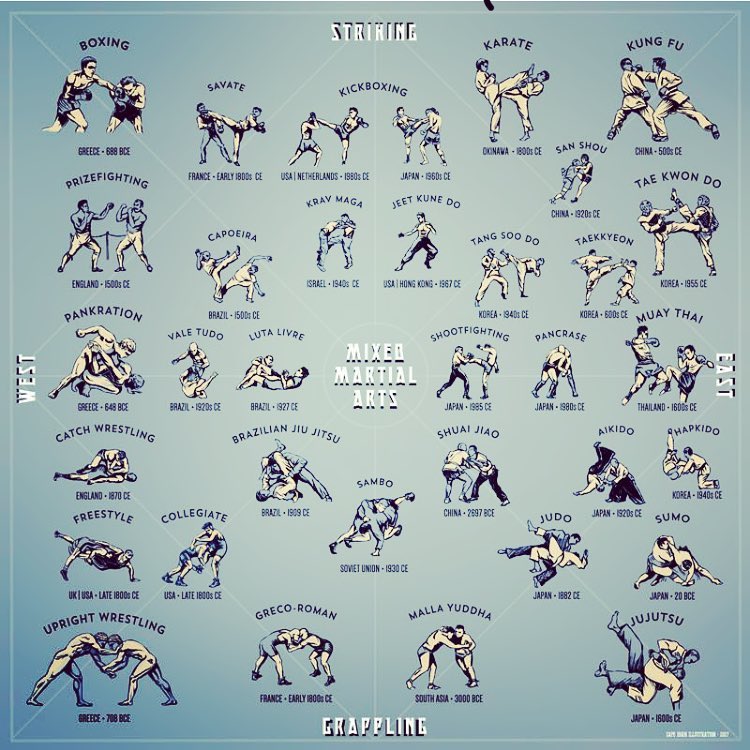Are you tired of sensation bewildered by the large globe of martial arts? With a lot of designs to choose from, it can be easy to obtain shed in a sea of strikes, kicks, and mystical names. https://www.knoxnews.com/story/news/local/2023/06/01/knoxville-based-premier-martial-arts-hit-with-second-lawsuit/70266848007/ fear not!
This discussion will demystify the various fighting styles designs, taking you on a trip from the powerful strikes of Martial arts to the dynamic kicks of Taekwondo. Prepare yourself to discover the origins, methods, and viewpoints behind these old art forms.
So, tighten https://self-defense-man-against29630.myparisblog.com/28723455/wondering-how-to-choose-the-excellent-martial-arts-academy and prepare to embark on an informing expedition into the fascinating globe of martial arts.
Origins of Martial Arts Styles
The origins of fighting styles styles can be mapped back to ancient human beings and their need for protection and battle methods. Throughout history, various societies developed their own distinct approaches of battling, each with its very own collection of methods and ideologies.
In China, for instance, fighting styles styles such as Kung Fu and Tai Chi were created as a way of self-defense and boosting physical and mental well-being.
In Japan, the samurai warriors created designs like Karate and Judo, concentrating on self-control, accuracy, and mastery of the body.
Similarly, in Korea, Taekwondo emerged as a martial art highlighting high kicks, quick motions, and psychological fortitude.
These very early civilizations laid the foundation for the varied range of fighting styles designs that exist today, each with its very own rich background and cultural importance.
Strategies and Training Techniques
To grasp fighting styles designs, professionals should discover different techniques and training techniques.
Techniques are the certain motions and activities utilized in battle, such as punches, kicks, throws, and obstructs. Different fighting styles designs have their own special set of strategies that practitioners need to grasp through extensive training.
Educating methods differ depending upon the design, yet they normally include a combination of physical conditioning, drills, sparring, and types.
Physical conditioning is critical to build toughness, flexibility, and endurance. Drills aid practitioners refine their techniques and boost their speed and accuracy.
Sparring enables experts to exercise their techniques in a controlled, reasonable environment. Kinds, additionally referred to as kata, are prearranged series of activities that help experts develop muscular tissue memory and focus.
Approaches and Concepts
Checking out the approaches and principles of fighting styles designs can offer you with a much deeper understanding of your chosen discipline. premier martial arts schedule fighting style has its very own special ideology and collection of directing concepts that form the way it's exercised.
As an example, Karate stresses technique, respect, and self-control. It teaches professionals to concentrate their body and minds, enabling them to defend themselves while maintaining a sense of internal peace.
On the other hand, Taekwondo puts a strong focus on rate, agility, and flexibility. Its concepts are rooted in the tenets of politeness, integrity, determination, self-constraint, and indomitable spirit.
browse around this website that you have actually checked out the origins, techniques, and ideologies of different martial arts designs, you have a much deeper understanding of these old self-controls.
Visualize a young karate pupil, practicing with unwavering decision and emphasis, appearing boards with a powerful punch.
Their trip showcases the commitment and stamina required to understand a martial art, advising us that with self-control and perseverance, anything is feasible.
